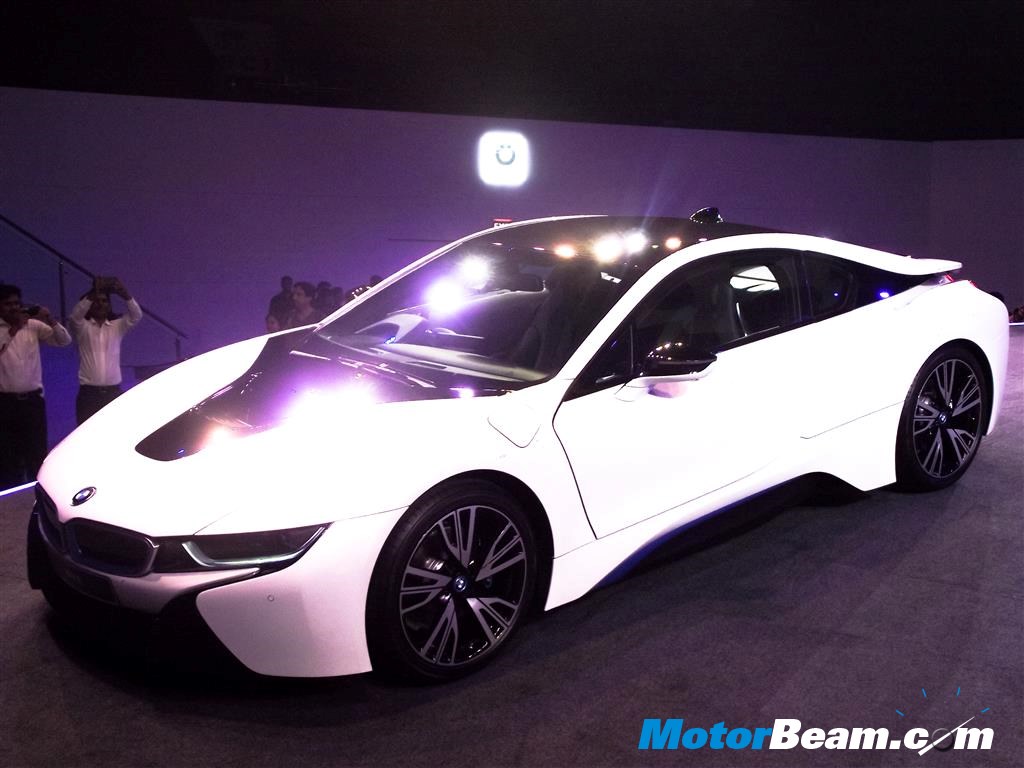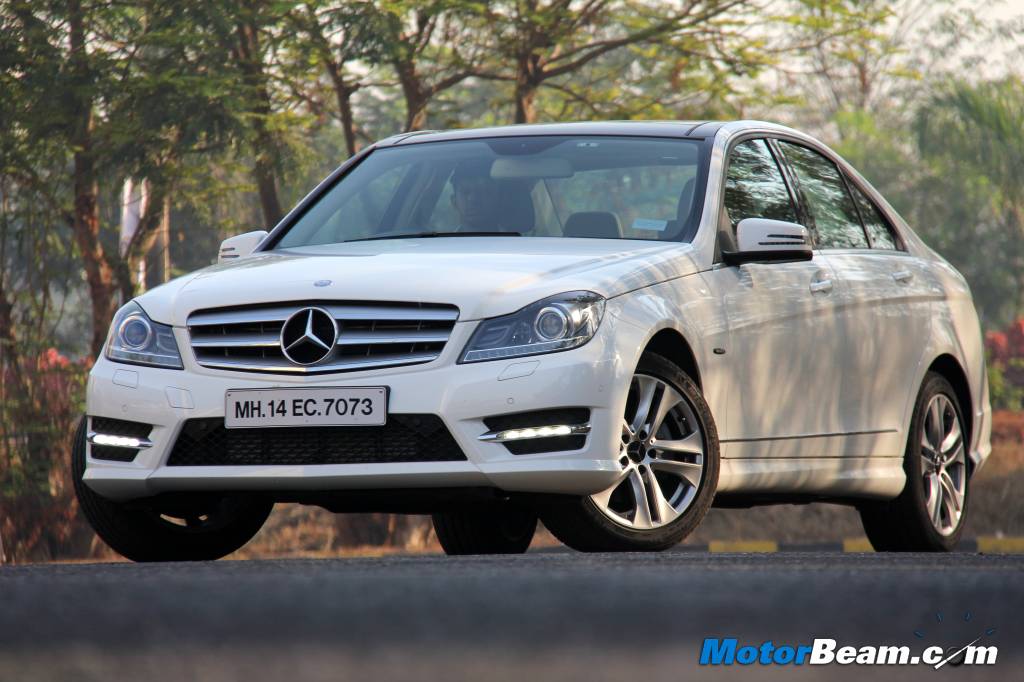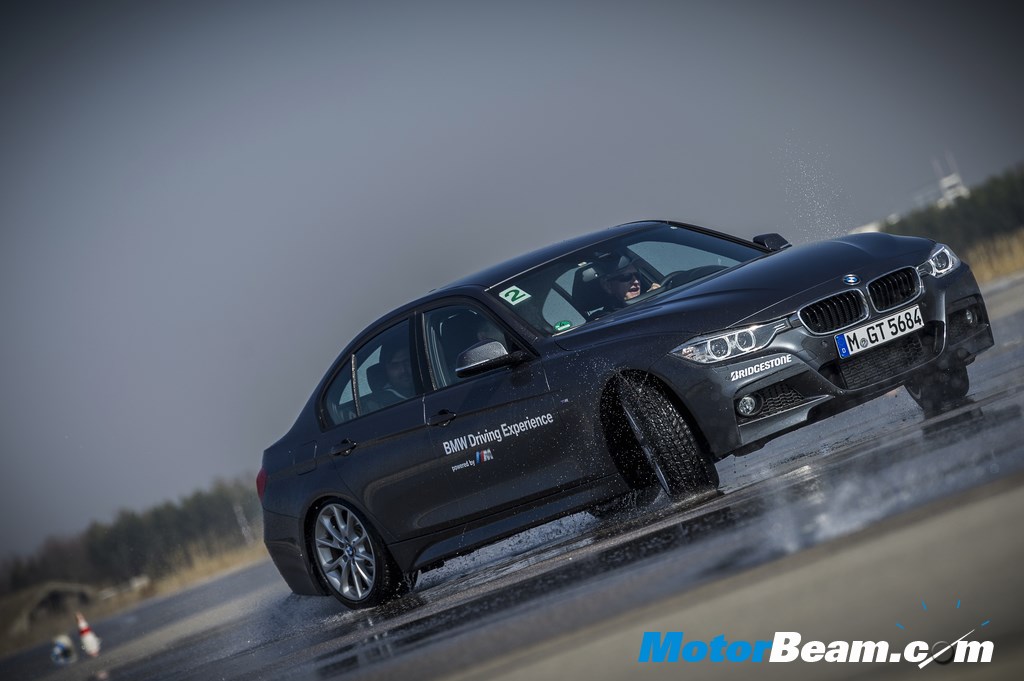
The BMW Driving Academy at Maisach is a state of the art facility where customers and participants can hone their driving skills under expert supervision.
Earlier this month we were invited by BMW India to visit the company’s headquarters in Munich, Germany and the German car manufacturer had also set up a session for us at the BMW Driving Academy at Maisach. This driver training centre opened in 2012 and serves as a place where customers can hone their driving skills in every possible scenario and situation. Barely 30 kms from their head office in Munich, the BMW Driving Academy is located at what was the Furstenfeldbruck airfield in Maisach and covers 1.3 million square meters, which is massive by any standard. The clear advantage of having so much area on disposal is that there is ample area to simulate and practice every conceivable driving manoeuvre and situation. This also makes the experience more realistic. Participants can test their skills on the just under 1.8 km circuit and 3 km long airstrip.
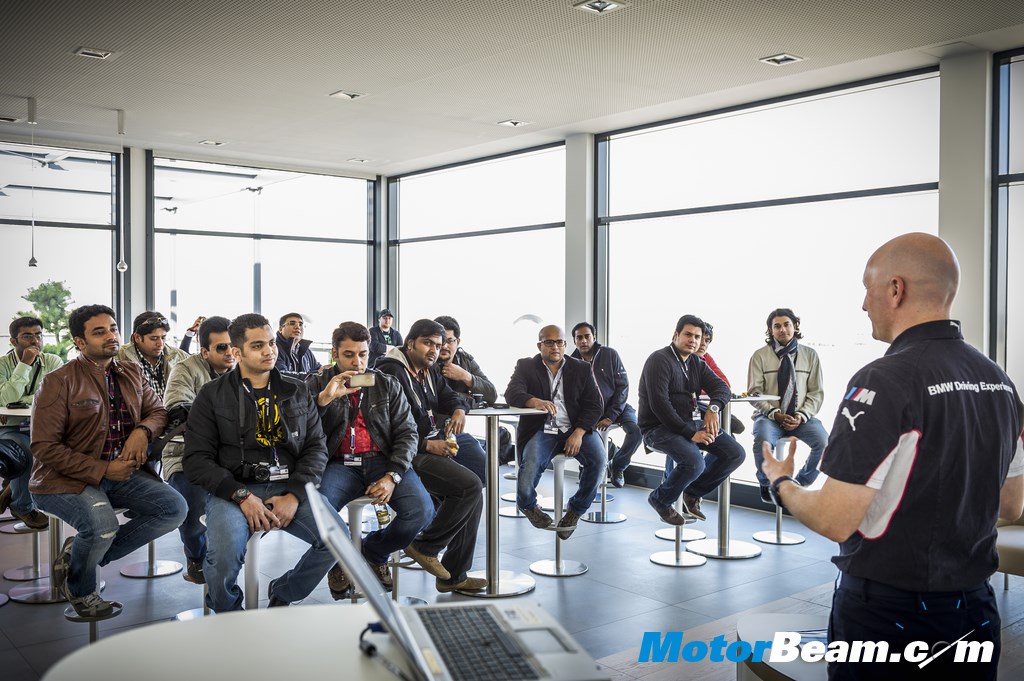
We arrived at the academy and entered the main building where we had to register ourselves. The complete registration process is done on the iPad and is quite quick. We then proceeded to the theory session. While most may feel that they don’t really need a theory session and may be edging to get behind the wheel, in practicality, it is the most important aspect of driver training. Until the basics are right, you won’t be practicing the correct thing on the track.
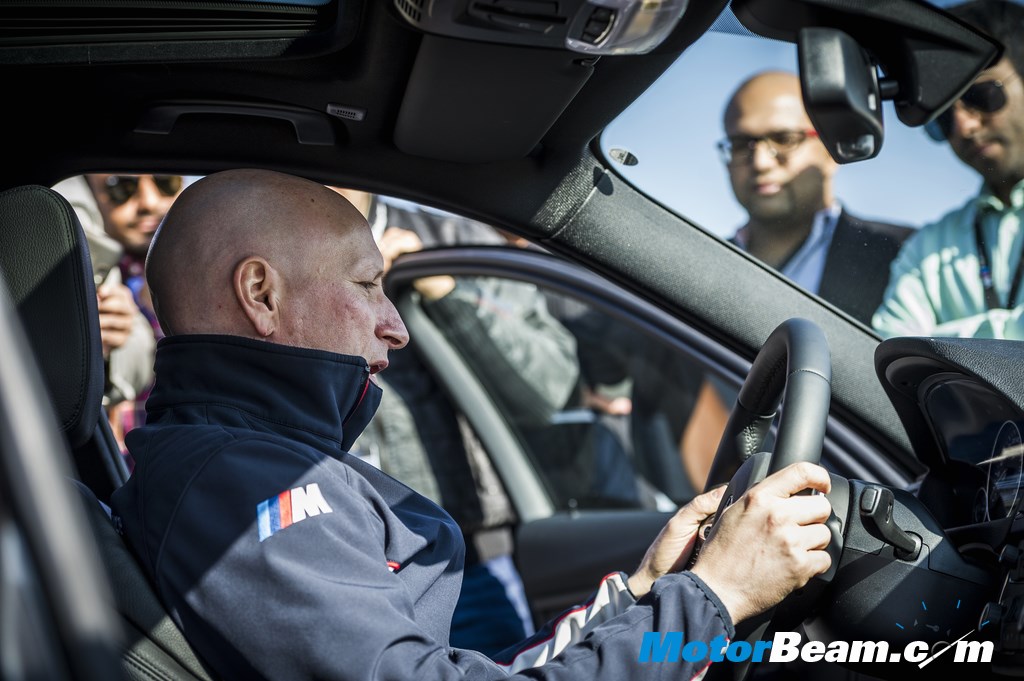
Our trainer for the day not only has huge experience to his name but has also raced professionally in rallies and other racing championships. We were explained the concept of oversteer and understeer, racing lines, emergency braking, etc. The fundamental thing which was taught was the driving position. To be able to react quickly to a given situation, you first have to be seated correctly. The seat should be adjusted so that there is an angle at the knee joint. This not only helps is transferring force to the pedal in emergency braking but also prevents injury. Further, the angle also helps in easier access to the pedal in panic situations. Same goes with the hands on the steering wheel. The hands should be in the 9 and 3 O clock position with enough angle to give complete steering lock as quickly as possible. After the theory session was over, we head to the track and got behind the wheel of the BMW 330D.
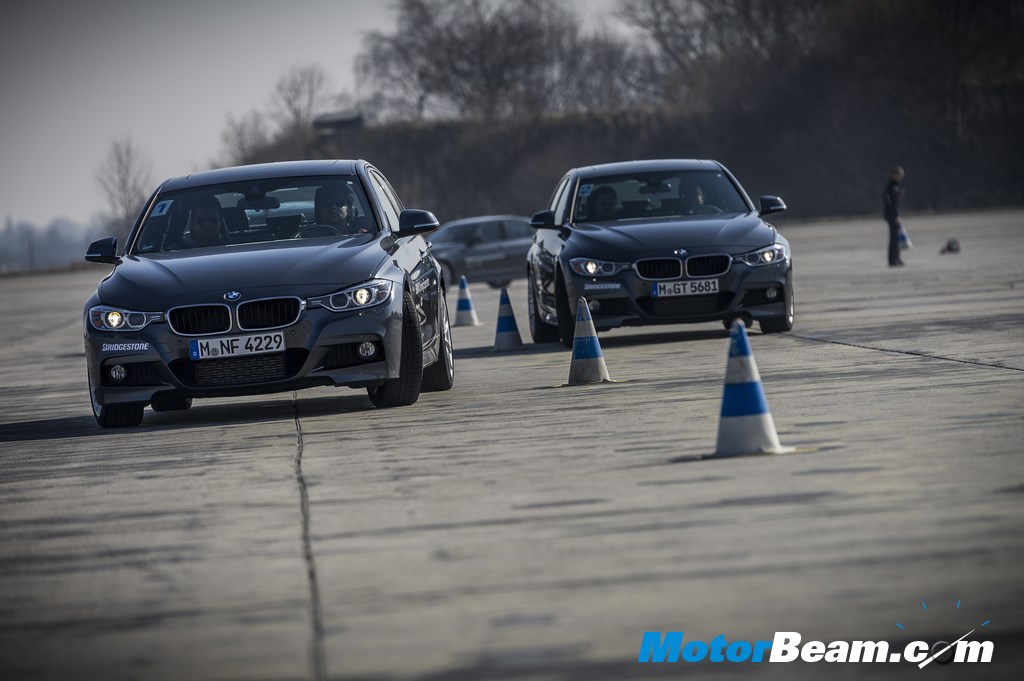
Once the seat and steering was adjusted, we set out behind the instructor. First was the slalom course which focuses on precise and correct steering movements. The key to going fast in a slalom course is by being gentle on the throttle and steering. The more aggressive you are, the slower you will be through them. The instructor checked if our steering position was correct and we realised quickly how important it was.
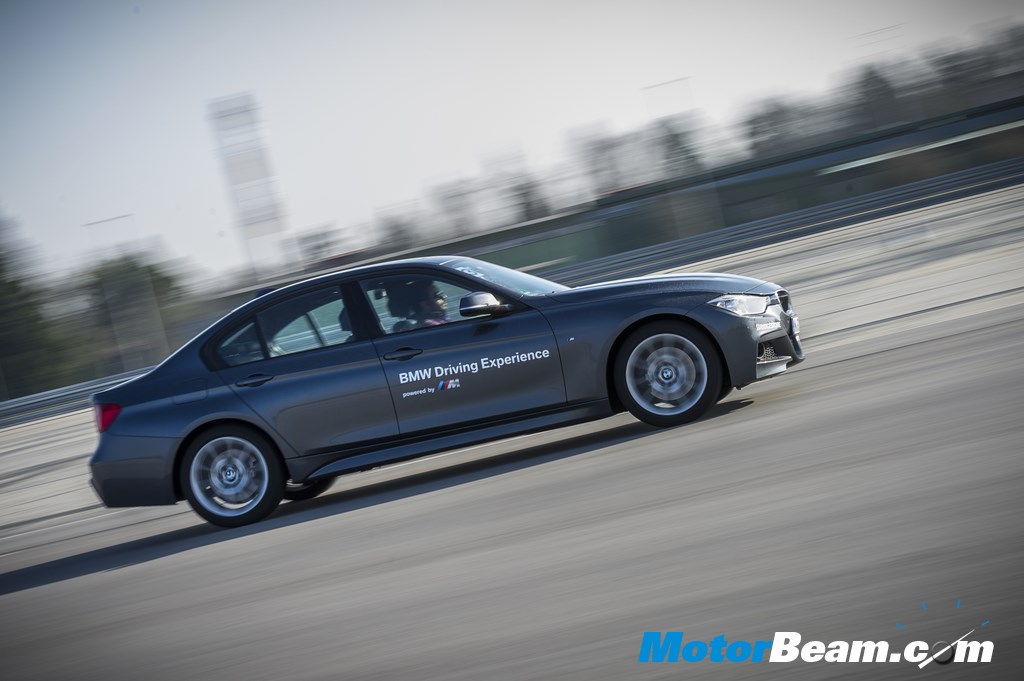
We next head to another section on the airstrip where we were to exercise emergency braking and avoiding manoeuvre. The setup was simple. There is a starting point from which you pick up speed and slam on the brakes when you reach the cones almost 100 meters away (from the starting point). We start with the speed of 30 km/hr and brake at the braking point. In emergency braking, one has to slam the brake with all their might. Next the speed is increased to 60 km/hr and the braking distance increase by nearly four times. The same sequence was then repeated with a cone on the way where there was no specified braking point and one had to judge the braking point on their own.
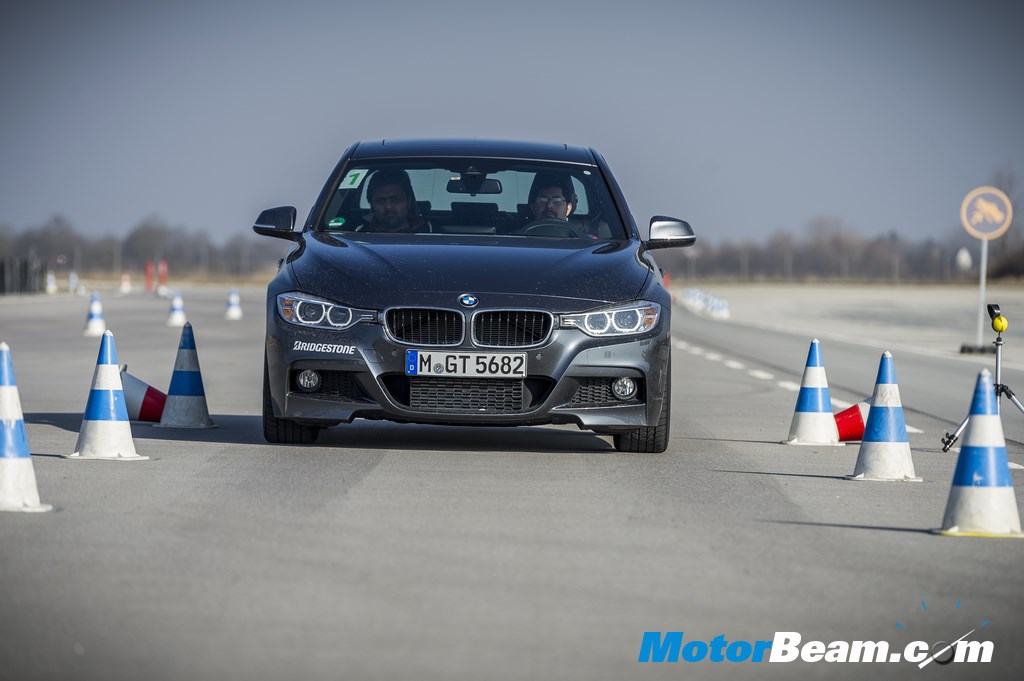
The next part was about braking and avoiding an obstacle. We had to speed up to 60 km/hr initially and then brake hard and change lanes to avoid the obstacle. Modern cars are equipped with ABS (Anti-Lock Braking System) and this exercise goes on to show why ABS is such an important safety feature. Without ABS it is not possible to brake hard and change lanes at the same time. So lesson to take back home, anticipate the braking point and judge the braking distance accordingly. Keep enough distance to the cars ahead and look far out rather than focusing on the immediate object.
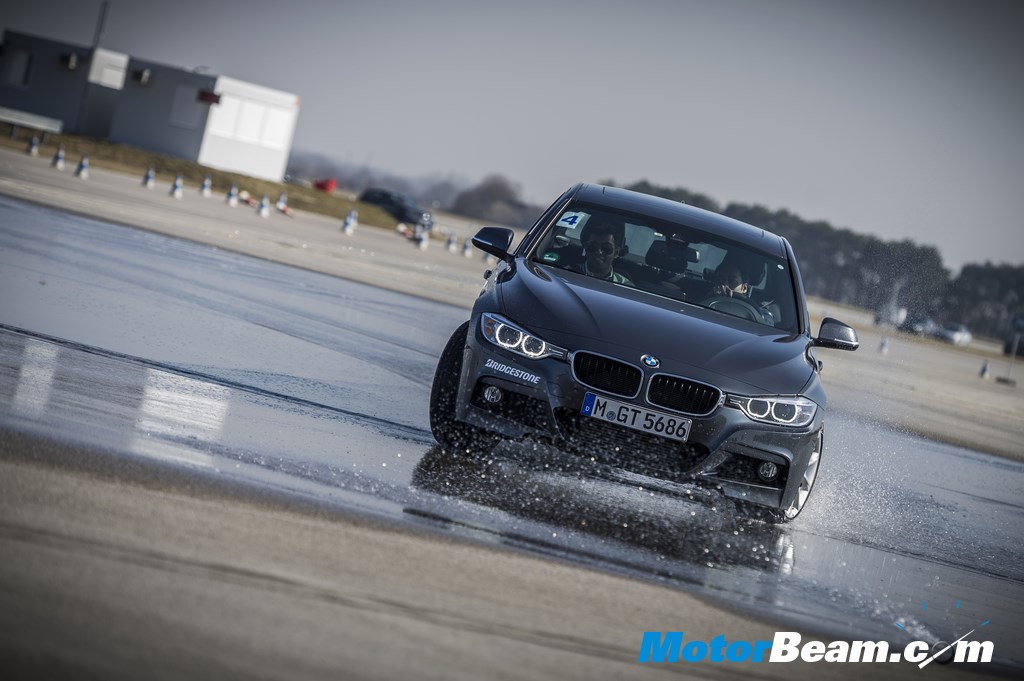
Up next was the most fun part of the program. Understanding understeer and oversteer. To explain in simple terms, understeer is when the front tyres lose grip and the car does not make the turn and goes straight on. Oversteer is when the rear tyres loose grip (sudden application of power on a slippery surface) and the rear steps out of line and the car goes into a spin. For these exercises, there was a special section of the track. A circular section which was artificially made slippery with the help of water sprinklers. Now before you feel that too much water is being lost in this exercise, we will shift off the topic momentarily. BMW, as a group, takes all possible steps to conserve the environment. The water used in the exercise (barring evaporation losses) is collected and stored in underground tanks to be reused, making the process very environment friendly. Getting back to the track, to experience understeer and oversteer, we have to first disable DSC (Dynamic Stability Control) by holding the DSC button for three seconds. DSC includes traction control, electronic brake force distribution and a host of electronic features which ensure that the car is stable in all conditions.
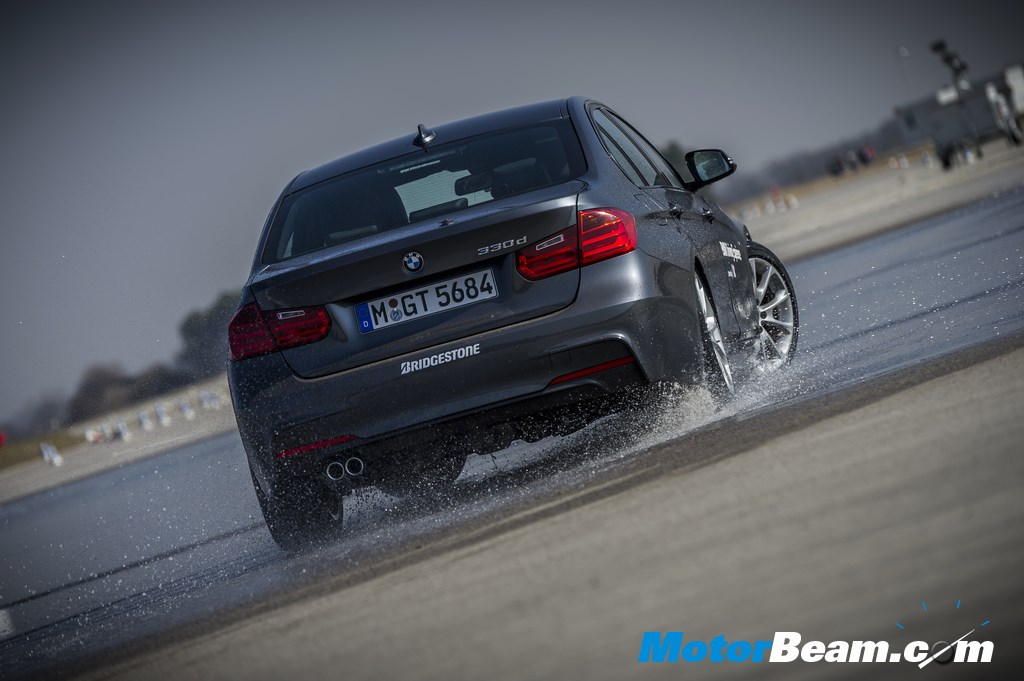
To get the car to understeer is simple. Speed upto 40 km/hr (on this particular track) and turn, the front tyres lose grip and the car slides on. The purpose was not only to get the car to understeer but also control it. How? Ease of the throttle and gently straighten the steering. After a few laps of practice it was quite easy. Oversteer is harder to control as we figured out next. When the instructor gave the demo lap and drifted beautifully in the circle, it looked far easier than it is. To get the car to overteer, we maintained a speed of 20 km/hr and floored the throttle. The power made the wheels spin and the car stepped off the line. To control it, we had to lift off the throttle and counter steer (also known as opposite lock). It took a while and we even got into a drift a couple of times, but not for too long. The key is being gentle with the throttle and steering. The BMW 330D being a rear wheel drive car was easier to oversteer than a front wheel drive car. The way to oversteer in a front wheel drive car is different and more difficult.

After learning all the basics, there was a small competition between the participants. The entire days teaching was to be applied on a slalom course which included all the aspects of the training. The participant with the fastest time would win and yours truly, representing MotorBeam stopped the clock in second place out of the 14 participants which was a good way to end the day. All the participants had completed the program successfully and were presented with a certificate signifying the same. For me, it was another, rather amazing, day at work.
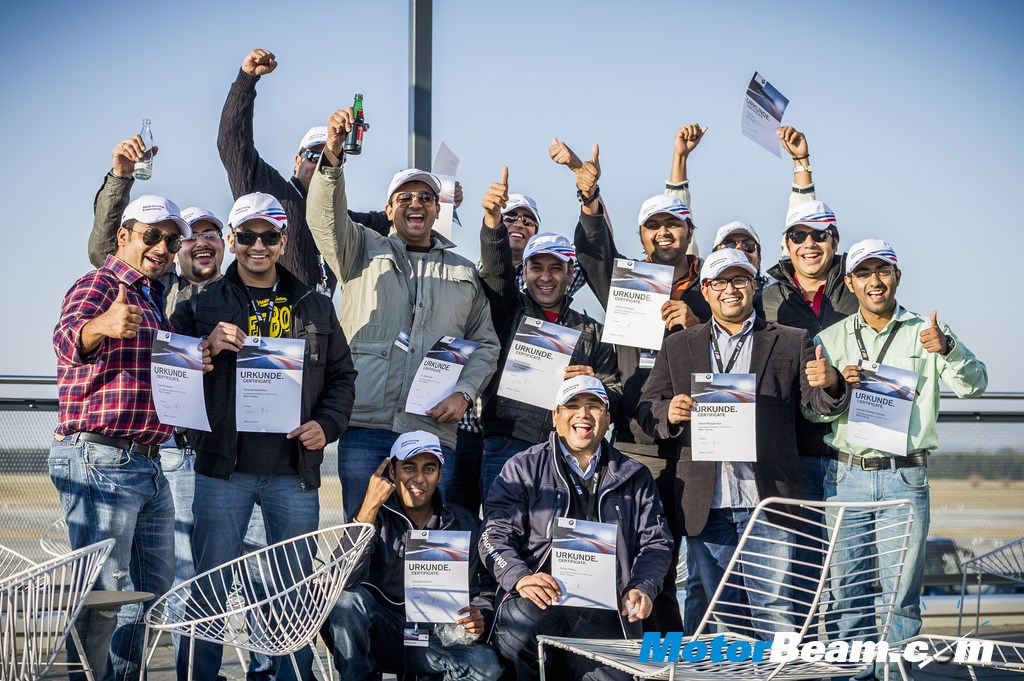
Taking home were a few key points which have a huge role to play on the road. Always wear the seat belt, adjust the driving position and mirrors before starting off and keep both hands on the steering wheel. Focus far ahead so that you have more time to react in an emergency situation. Remember, every time you double your speed, the braking distance increases by nearly four times. Be aware of your surroundings and drive safe.



